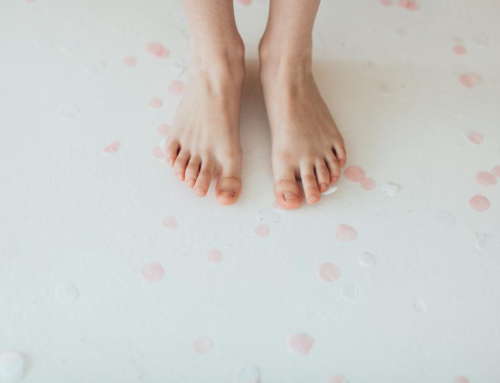Nail fungus remedies might seem like an easy solution, but they are not. So you’ve visited your doctor; be it your primary care doctor, dermatologist, or podiatrist, and they tell you that you have a nail fungus. You then may or may not get a nail culture, and then a prescription or recommendation of treatment. The doctor then either tells you to use a cream or another topical of some sort. Or he or she will tell you to take the oral medications. Or they may tell you to do laser. This is in fact the process that the doctor will typically take. Although, there are a number of things that your doctor could be leaving out for one reason or another.
Important Facts to know
- You do not need to do a nail culture to determine whether you have a nail infection or fungus. Many doctors do nail cultures because it use to be the conventional way of determining a nail fungus. However, studies have proved that nail cultures are 50% false positive and false negative. This means that if you do a nail culture your results have a 50% chance of being inaccurate. Solution? If you visit a podiatrist they should be able to detect just by viewing the nails if it is in fact a nail fungus by taking into consideration a number of things. If your podiatrist insists on culture, then you may want to visit a podiatrist that is a little bit more sure of his or her skill.
- Topicals have a very very low chance of treating nail fungus. Since nail fungus is an extremely slow progressing and infectious disease, it takes a while to notice the infection and therefore roots itself deep into the nail bed, making it hard for a simple cream or ointment to penetrate far enough to kill the fungus. Your best bet is to stray away from topicals unless you are using them as post-care to avoid reinfection.
- Oral medications/ the pills. Lamisil is the most common medication that is prescribed by doctors to treat nail fungus. Again, this is the more conventional way of treating nail fungus, but what many doctors may not be telling you is that the efficacy rate on them is lower than what you would expect, ranging between 50-65% of a curate. Furthermore, these pills are extremely harmful to your liver, which can cause liver damage and other harmful side effects such as nausea, headaches, and other abnormalities. Lastly, patients who have taken the pills and seen an improvement have noted that their results are not lasting, and more often than not the nail fungus returns. We highly recommend staying away from any oral medications for obvious reasons.
These are just some of the things that you may or may not know regarding treatment options. As of late, laser treatment has been proven to be the most effective and safest treatment option available.

Laser Treatment for Toenail Fungus
If you have caught nail fungus, it can be easily treated using the FDA-approved PinPointe laser, which typically only takes on treatment. Other treatments like topical solutions and oral medication are not as effective.
Our nail doctor in Dallas, TX recommends this treatment. The PinPointe Laser treatment has the highest cure rate in the market. It has no side effects and no recovery period. As a result, you can go about your daily activities right after the treatment. Also, it is not painful.
If you have any signs of nail fungus, call us at (800) 672-0625 or visit our website for more information on our doctors at one of our over 150 locations.



